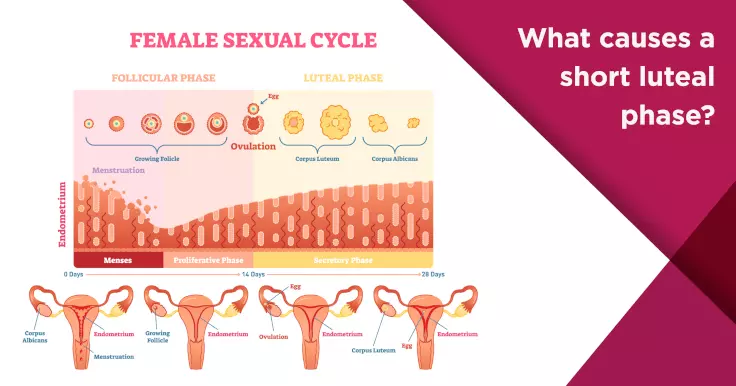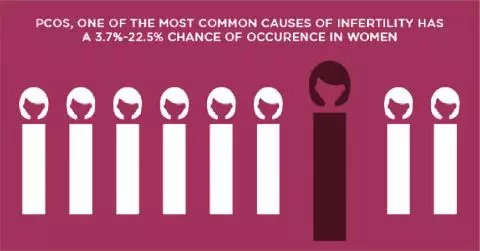Causes of Short Luteal Phase: Impacts on Fertility

The menstrual cycle can be divided into two halves- before and after ovulation. The latter is known as a luteal phase and typically lasts for about 14 days.
What is a Short Luteal Phase?
A short luteal phase or luteal phase defect refers to a luteal phase that is shorter than 10 days.In such cases, the sex glands in the body do not secrete enough progesterone. Without adequate progesterone, the uterine lining is not able to develop properly and a menstrual period may begin prematurely. Thus, a short luteal phase can make it difficult for a fertilized egg to be implanted in the uterus or may cause an early miscarriage.
Short Luteal Phase Causes
Infertility caused by a short luteal phase can be treated. Treatment depends largely on the factors triggering the condition. Some of the common causes of a short luteal phase include;
- Endometriosis: Endometriosis refers to a condition wherein the tissue lining the inside of the uterus begins growing outside the uterus.
- Polycystic Ovarian Syndrome: This is a disorder that causes the development of small cysts in the ovaries. The ovaries may also be enlarged.
- Thyroid disorders: An overactive or underactive thyroid gland may cause a short luteal phase. Other thyroid disorders that may trigger this condition include Hashimoto's disease and an iodine deficiency.
- Obesity: Being overweight or obese may affect the production of hormones and cause luteal phase defects.
- Anorexia: A lack of iron in the blood may cause issues with the development of the uterine lining.
- Excessive exercise: High-intensity workouts or excessive exercising can also impair hormone secretion.
- Age: As a woman grows older and approaches menopause, the production of progesterone is slowly reduced.
- Stress: Exposure to constant stress at home or at the workplace is one of the most common causes of a short luteal phase.
 Infertility Counselling
Infertility Counselling Female Infertility Treatment
Female Infertility Treatment Andrology Treatment
Andrology Treatment Fertility Enhancing Surgeries - Female
Fertility Enhancing Surgeries - Female Fertility Enhancing Surgeries - Male
Fertility Enhancing Surgeries - Male Endoscopy Treatment
Endoscopy Treatment IUI Treatment
IUI Treatment IVF Treatment
IVF Treatment ICSI Treatment
ICSI Treatment Advanced IVF Solutions
Advanced IVF Solutions Embryology
Embryology Vitrification Egg, Embryo, Sperm Freezing
Vitrification Egg, Embryo, Sperm Freezing Preimplantation Genetic Testing (PGT)
Preimplantation Genetic Testing (PGT) Donation Program Embryo / Egg / Sperm
Donation Program Embryo / Egg / Sperm Self-cycleTM IVF
Self-cycleTM IVF

 Self-cycleTM IVF
Self-cycleTM IVF










